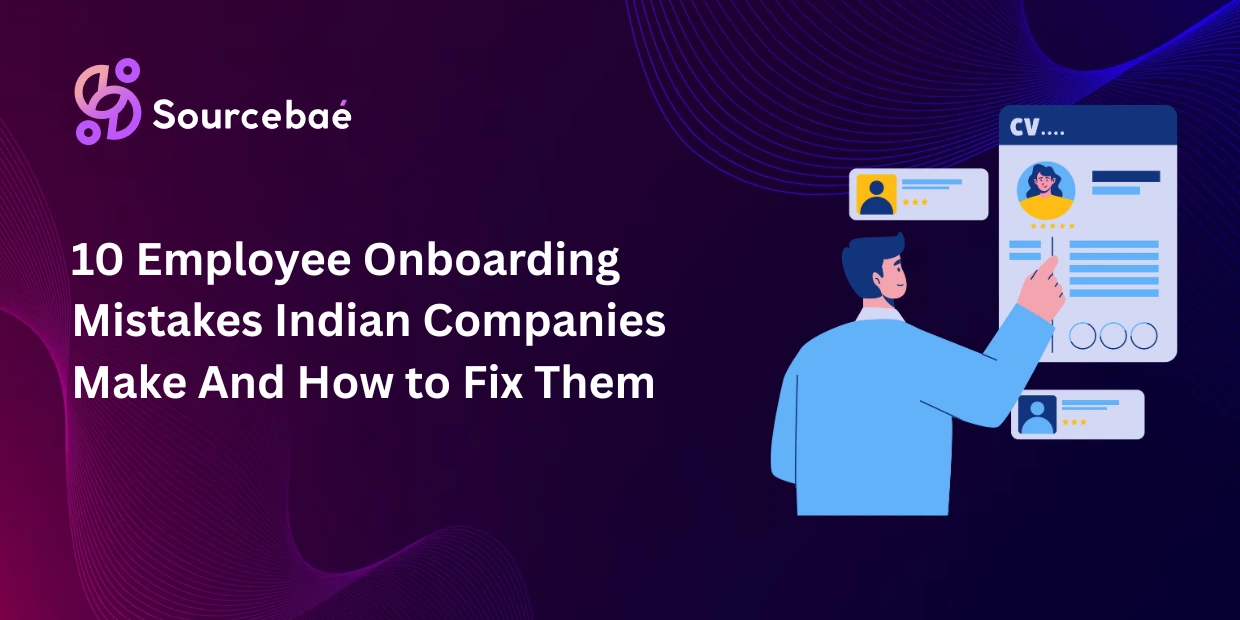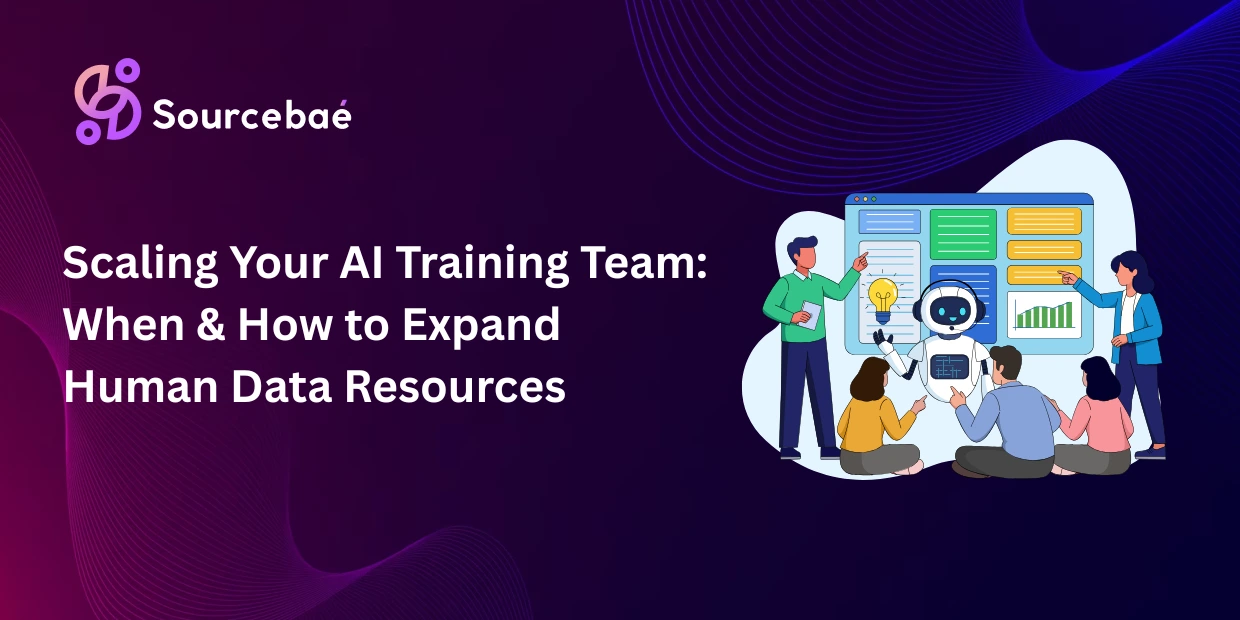With record numbers of talented candidates actively looking for new opportunities in today’s economic climate, it would seem logical for organizations to effortlessly fill open roles. Yet, many businesses continue to struggle with hiring, finding it difficult to attract, recruit, and secure top talent. This paradox highlights why companies struggle with hiring despite a talent-heavy market—pointing to underlying challenges that face hiring teams everywhere. These problems are only amplified by a shifting talent landscape filled with highly-qualified candidates.
Understanding why your company faces hiring difficulties despite a talent-rich environment is critical to overcoming recruitment hurdles and securing long-term success. Let’s dive into why companies face these struggles, the impacts they face if unresolved, and practical solutions to overcome them.
Understanding the Talent-Heavy Market
Before diagnosing hiring issues, it helps to define what constitutes a “talent-heavy market.” Simply put, it’s a job marketplace characterized by more available, qualified candidates than active job openings. This surplus talent pool arises from several reasons:
1. Remote and Hybrid Working Innovations
Recent advancements in technology and shifts toward remote work have significantly broadened the geographical scope of recruiting. Companies are no longer limited geographically, meaning they have access to diverse and talented pools worldwide.
2. Economic Shifts and Layoffs
Corporate restructuring, layoffs, and periodic economic shifts have boosted the number of qualified professionals actively seeking new opportunities. This creates fierce competition, with rich talent instantly accessible.
3. Globally Available Diverse Talent
Remote and hybrid cultures have made global talent accessible. Candidates from different regions can now compete equally, enriching the applicant pool but requiring companies to adjust their hiring strategies accordingly.
Common Reasons Companies Still Struggle with Hiring in a Talent-Rich Market
Despite the availability of sufficient and capable candidates, these following factors often hinder successful recruitment:
1. Unclear or Unrealistic Job Requirements
Too many job listings are either unclear about needed qualifications or set unrealistically high expectations. Overly stringent or vague job descriptions drive away suitable and potentially loyal candidates. Striking the optimal balance between necessary qualifications and desirable skills ensures that talented applicants aren’t unnecessarily filtered out or discouraged from applying.
2. Employer Branding Issues and Reputation Management
According to Glassdoor, nearly 70% of candidates research a company’s reputation before applying. Negative employer reviews, poor employee perceptions, or insufficient visibility of the company’s core values and culture can significantly disrupt the attraction of top talent. Employer Value Proposition (EVP) management and strong employer branding are essential for recruiting success, especially in competitive markets.
3. Lack of Structured or Effective Recruitment Processes
Outdated or inefficient recruitment processes negatively impact your ability to hire the best talent. Problems like slow decision-making, communication gaps, disorganized interviews, or delayed feedback can frustrate candidates and transform positive opportunities into lost ones.
4. Poor Candidate Experience
Candidate experience involves every interaction a candidate has with your organization, including website navigation, communication throughout the recruitment process, interviews, and onboarding activities. A poor or inconsistent candidate experience damages reputations and deters strong talent.
5. Misalignment of Expectations and Reality
Candidates today prioritize different factors, from salary ranges and innovative remote-work policies to career growth opportunities and organizational culture fit. Misunderstanding these expectations creates communication gaps, disillusionment, and unsuccessful hires.
6. Neglecting Diversity and Inclusion Principles
In a diverse and highly-connected job market, neglecting diversity, equity, and inclusion (DEI) can substantially limit your appeal. Candidates are actively researching and choosing organizations with authentic DEI commitments over those lacking clear DEI initiatives and programs.
Cost and Impact of Hiring Difficulties
While initially overlooked, unresolved recruitment issues come at a high price. The inability to attract and retain talent weakens business productivity, slows innovation cycles, and disrupts competitive advantage. Specifically, organizations may experience:
- Decreased efficiency and productivity from prolonged vacancies
- Higher turnover costs due to ill-informed hiring decisions
- Reduced innovation due to talent gaps
- Financial setbacks resulting directly from longer hiring timelines and rehiring expenses
Overcoming Hiring Struggles: Best Practices for Talent-Rich Markets
Overcoming challenges in hiring requires deliberate strategy adjustments and targeted approaches, including the following steps:
1. Clarify Job Descriptions and Requirements
Ensure the accuracy, clarity, and transparency of job postings. List realistic qualifications absolutely necessary. Focus your descriptions to directly appeal to your targeted candidates, making sure to attract rather than repel talent.
2. Improve Employer Brand and Reputation
Boost your employer branding strategy. Share employee testimonials, highlight benefits clearly, and proactively engage with online reviews. Strong employer branding significantly improves your odds in attracting qualified candidates, ultimately ensuring greater retention and satisfaction.
3. Optimize Recruitment Processes
Leverage technology like an Applicant Tracking System (ATS) or AI-driven recruitment software. Streamline communications, interview scheduling, and candidate assessments. Clearly define each hiring stage so applicants understand expectations from the onset through to onboarding.
4. Enhance Candidate Experience
Prioritize clear, timely communication. Provide feedback for candidates throughout the application journey, and personalize interactions whenever possible. High-quality candidate experiences translate into positive brand ambassadors, boosting future recruitment power.
5. Address Salary and Benefits Expectations Clearly
Keep compensation packages competitive and market-relevant. Transparently communicate salary ranges, benefits, flexibility options, and professional progression opportunities. This transparency aligns expectations, improves candidate satisfaction, and boosts broader brand reputation.
6. Prioritize Diversity, Equity, and Inclusion
Implement targeted DEI measures in your recruitment strategy, showcased prominently across communication platforms. Inclusive recruitment creates resonance with varied candidates, demonstrating genuine corporate commitment to equity and diversity efforts.
Case Studies: Successful Recruitment Turnaround Stories
Several companies have leveraged shifts in hiring strategies to overcome recruitment failures:
Example 1: A Tech Company Addresses Employer Branding
A rapidly growing Tech firm previously encountered negative employee reviews online affecting active recruitment. By incorporating transparent brand storytelling on social platforms and creating engaging culture-oriented hiring campaigns, they demonstrated a commitment to employee satisfaction. Within months, improved ratings and higher-quality applicant pools boosted their hiring success drastically.
Example 2: Financial Services Improve Candidate Experience
A major financial services firm battled overly lengthy hiring timelines and sub-par candidate communication processes. By streamlining interview stages, optimizing communication through ATS technology, and reinforcing timely feedback loops, they managed a 60% improvement in candidate satisfaction scores and significantly accelerated position fill rates.
Actionable Steps for Leadership and HR Teams
Here’s a concise checklist for company leaders to diagnose and address hiring issues:
- Perform an audit of candidate experience at every stage
- Clarify realistic, inclusive job requirements
- Enhance employer branding initiatives and online reputation
- Adopt comprehensive communication plans during recruitment processes
- Regularly review market compensation to match candidate expectations
- Incorporate authentic diversity and inclusion principles into recruitment practices
Frequently Asked Questions (FAQs)
Q: Why do companies struggle to hire talent despite talent abundance?
A: Reasons range from unclear job posts and poor employer branding to outdated recruitment practices, unsatisfactory candidate experience, and insufficient diversity initiatives.
Q: Why is candidate experience critical in recruitment?
A: Candidate experience significantly influences your employer brand. Poor experiences limit future candidate attraction capabilities and long-term recruitment success.
Q: Can improving employer branding boost hiring success?
A: Absolutely. Transparent communication of employer culture, testimonials, and genuine benefit offerings directly enhance your employer brand, helping you attract qualified talent.
Q: Should organizations relax job criteria to attract more talent?
A: Rather than compromising quality, organizations should clearly define and distinguish critical from desirable qualifications, enabling better candidate matching.
Q: Is DEI a priority in today’s hiring climate?
A: Undoubtedly, strong DEI commitments significantly improve your company’s competitive recruitment positioning, directly appealing to diverse talent pools.
Conclusion: Improving Your Talent Acquisition Strategy for Lasting Success
The availability of abundant talent does not inherently guarantee easy hiring. Companies need proactive approaches to escape recruiting hardships. Clarifying job descriptions, improving candidate experiences, optimizing recruitment processes, and prioritizing DEI values are proven pathways to attract and retain top talent. In today’s fast-paced, globally competitive market, excellence in recruitment processes directly informs talent acquisition success, ultimately driving organizational resilience, innovation, and sustained competitive advantage.






